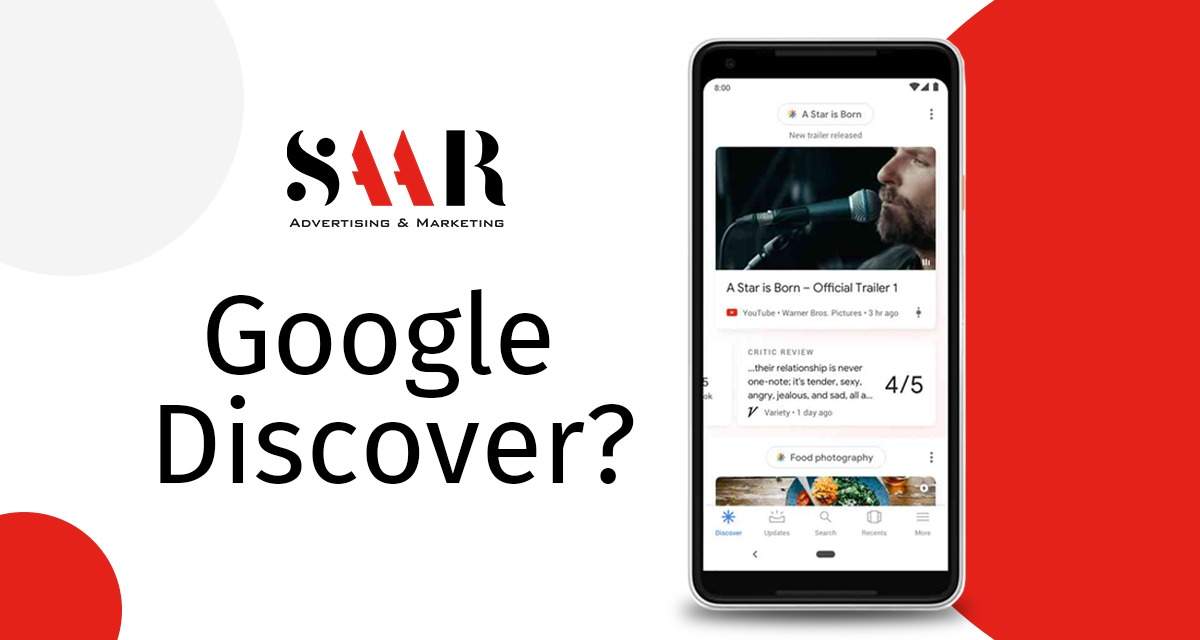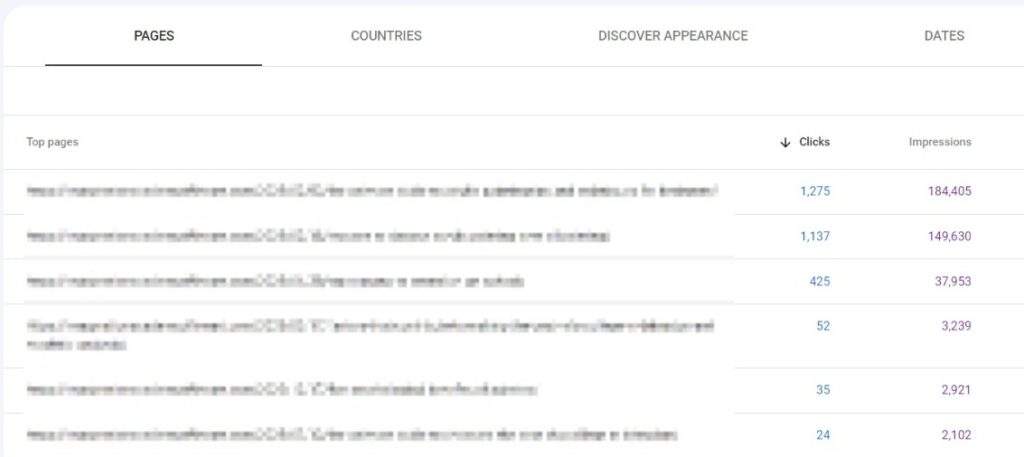
What Is Google Discover and How Can You Optimize Your Content for It?
Google is a renowned search engine that has grown in popularity since its inception. Today, it is utilized by about 4.5 billion people worldwide and is one of the most preferred search engines. This very reason is why Google has such a large budget for development.
Google, in addition to the search engine, provides additional software programs such as Analytics, Search Console and so on. Among them is Google Discover. But what exactly is Google Discover?
In 2017, Google introduced a new service named 'Google Feed.' Google Feed provided relevant content to its users based on their prior searches. This service's popularity skyrocketed in 2017 and it quickly became one of Google's most popular services, with over 800 million users. When Google realized that the Feed function was promising, they decided to expand it over the next year and renamed it Google Discover.
How Does Google Discover Work?
Google Discover is a unique mobile-exclusive service that offers personalized content recommendations to users based on their previous searches within the Google App.
Its layout closely resembles a typical Google page, featuring a search bar at the top. Just below that, you can conveniently access the weather forecast for your location and further down, you'll discover an engaging and diverse feed of content. This feed presents a wide array of articles, products, services and other relevant items that are intricately connected to your search history.
While the content available on Google Discover doesn't necessarily have to be the latest, it does include breaking news in your personalized feed. Additionally, you have the freedom to tailor the Discover feed according to your preferences through the settings. Within this interface, you'll find a Collection page designed for conveniently saving your desired documents, including links and images. This page serves as a centralized hub where you can easily access and manage your downloaded content.
How Do You Optimise Your Website for Google Discover?
Google Discover is similar to Google's social network feed. Unlike a search engine, the stuff displayed here does not appear in the search results. As a result, creating an SEO strategy and including relevant keywords seems ineffective here.
So, how can one get a good ranking on Google Discover? People's particular interests, rather than search criteria, play a major role in Google Discover. For your website to be featured on this platform, you must boost website interaction. And for that, you should market your website as effectively as possible to draw interactions and appear in the discovery feed.
How Can You Improve Your Odds of Being Featured?
Although Google Discover does not support traditional SEO tactics for making your website stand out, there are several key elements that you must implement in order for your website to get featured in Google Discover. So, let's go through some of the crucial criteria for success in Google Discover.
A Website That Is Mobile-Friendly
Because Google Discover is a mobile-only feature, you must have a mobile-friendly website to participate in this platform. Accelerated Mobile Pages (AMP) are an excellent solution to optimize your website for mobiles. They provide rapid loading and full-screen user experiences, which is why they rank higher in the discovery feed.
Create Original and Interesting Content
Personal interests dominate the Discovery feed. This comprises leisure activities, sports and amusing material. As a result, creating high-quality original content is crucial for this platform.
Furthermore, the Discover feed operates on the same principles as a social media feed. The main distinction is that users cannot like, comment on or share content in the same way that they may on social media. However, you should consider creating content that is very similar to that seen on social media; engaging and easy to read.
Make Use of High-Resolution Pictures
Most articles in Google Discover are illustrated by a large preview image and Google insists that these visuals be of excellent quality. If your photographs are of poor quality, they will be displayed as thumbnails rather than previews.
Adhere To Discover's Content Policies
Google's guidelines outline significant content policies that must be met if you want your content to appear in the Discover feed. Most of these are basic knowledge, but the following handful needs mentioning:
Transparency: The content must include publishing dates, author and firm information and contact information.
0% Clickbait: Titles that are sensationalist, deceptive or triggering are not permitted.
Not Too Many Advertisements: Advertising should not take precedence over your core content and any sponsorship should be declared.
No False Information: YMYL (Your Money or Your Life) content should not go against scientific facts.
No Sexually Explicit Material: The content must not include images and videos meant to elicit sexual arousal.
No Profanity: The content must not contain obscene or profane language.
Maintain a Secure Connection: Google Discover will not showcase a page if it has any security issues. It is crucial that not just the website but all of the resources on it are loaded via a secure connection (HTTPS) as well.
Create EEAT Signals: Google claims that it applies the same EEAT principles to both search and Discover content. This indicates that Google is more likely to trust websites with a large number of individual pages displaying EEAT signals.
How Can You Track Google Discover Traffic?
If you're going to pursue Google Discover as part of your SEO plan, you'll need a dependable means to measure your progress. Currently, there is no simple way to monitor Google Discover traffic, but you do have an option.
Google Search Console
Google Search Console has a built-in feature for monitoring your Google Discover performance.
In Google Search Console, you head to Discover and choose a date period to examine how your content performed in terms of clicks, impressions and average CTR.

Under this, you may dive down into which pages are being displayed, which countries they are being displayed in, their appearance and the total number of engagements by date.

All data may be filtered by date, page, nation or appearance type and values within each specified grouping dimension can be compared. To get a more in-depth understanding of performance, you may compare two sites side by side, two dates side by side or two nations side by side.
Concluding Remarks
With Google Discover, it appears that Google is doubling down on content-oriented ranking factors. So, like previously, the overall recommendation is to create original, high-quality content.
Aside from this, it’s best to keep in mind some of the more technical requirements such as high-resolution photographs; transparency about data, author and firm; user experience metrics; and no foul language.




